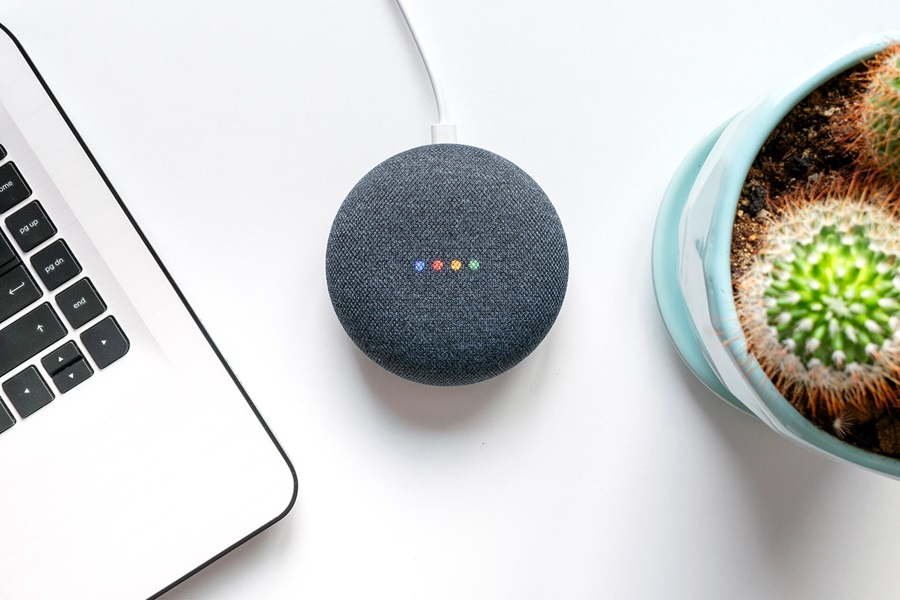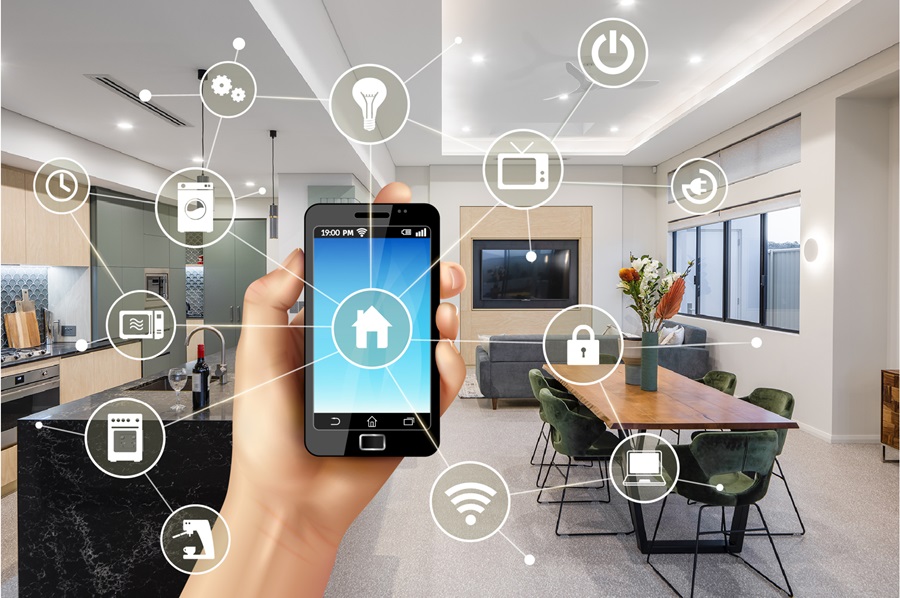The dawn of 5G technology marks a pivotal shift in the landscape of home internet, promising unprecedented speed, reduced latency, and the capacity to connect more devices simultaneously. As the world stands on the cusp of this technological revolution, understanding the impact of 5G and its potential to transform your digital life becomes crucial. This exploration delves into the mechanics of 5G, its advantages over previous generations, its synergy with the Internet of Things (IoT), and the challenges it faces. By dissecting its impact, you can gauge how 5G is poised to redefine home internet, setting a new benchmark for connectivity in today’s increasingly digital world.
Contents
The Basics of 5G Technology
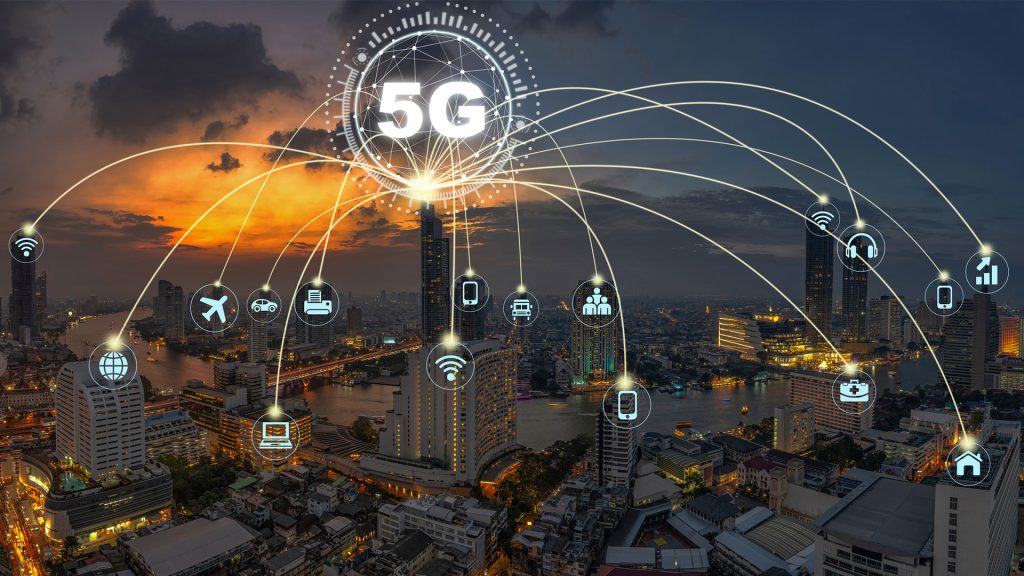
5G technology, the fifth generation of mobile networks, introduces a significant leap forward from its predecessor, 4G/LTE. It is designed to provide faster speeds, lower latency, and the ability to connect a multitude of devices seamlessly. With theoretical speeds of up to 20 Gbps, 5G stands to revolutionize home internet by facilitating smoother streaming, more reliable online gaming, and instantaneous downloading. This technology relies on a combination of high-frequency bands, offering greater capacity and propelling the world into a new era of digital interaction.
Unlike 4G networks, which primarily focus on enhancing mobile broadband services, 5G encompasses a broader spectrum of uses, including enhanced mobile broadband, massive machine-type communications, and ultra-reliable low-latency communications. This versatility allows 5G networks to support a vast array of devices and applications, from smartphones to autonomous vehicles and smart city infrastructure. The transition to 5G involves deploying new infrastructure and technology, such as small cells and advanced antenna systems, to handle its increased capacity and coverage requirements.
Advantages of 5G for Home Internet
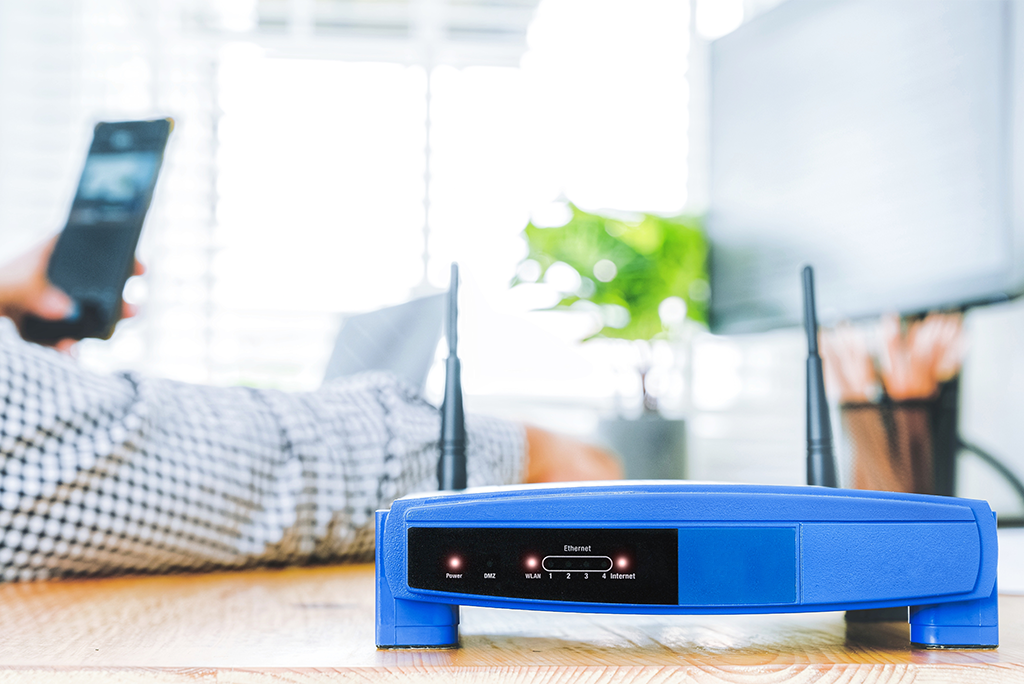
The advent of 5G brings with it a host of benefits for home internet users, chief among them being dramatically increased internet speeds. This enhancement is not just about faster downloading or uploading; it’s about enabling high-definition video streaming without buffering, supporting sophisticated online gaming, and facilitating seamless video conferencing. These improvements contribute to a richer, more engaging online experience, meeting the demands of modern internet users for speed and reliability.
Moreover, 5G dramatically reduces latency, or the delay before a transfer of data begins following an instruction for its transfer, to as low as 1 millisecond. This reduction in latency is crucial for applications requiring real-time responses, such as virtual reality (VR), augmented reality (AR), and online gaming. It ensures that the interaction with digital content feels more immediate and lifelike, significantly enhancing user experience. The combination of high speeds and low latency underpins the potential of 5G to transform home internet into a more dynamic and interactive platform.
5G and IoT Integration
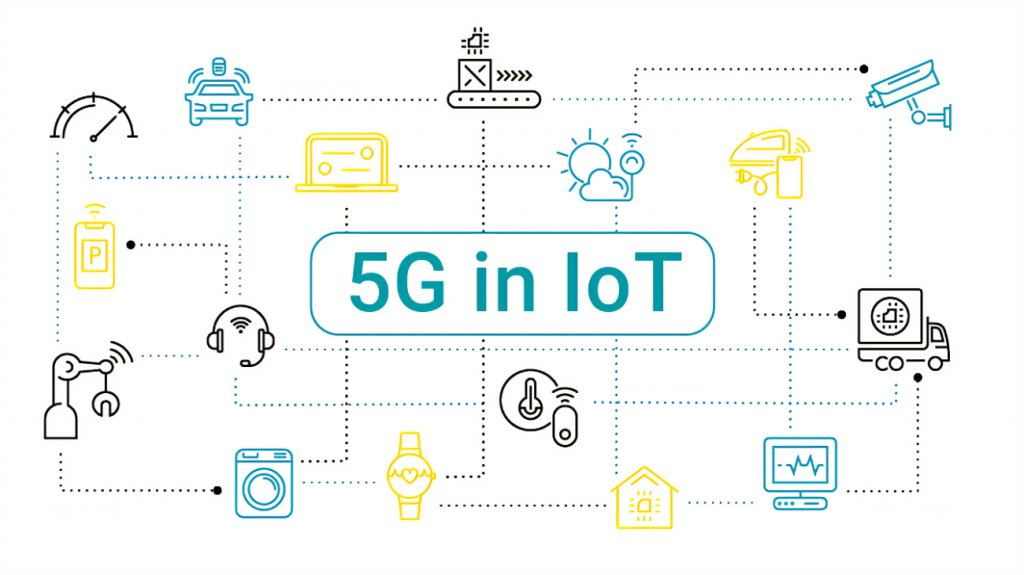
5G technology is set to play a transformative role in the integration and efficiency of IoT devices within the home. Its ability to support a vast network of devices simultaneously without compromising on speed or reliability is pivotal. This means that smart home devices, from thermostats and lighting systems to security cameras and appliances, can communicate more effectively, making the smart home ecosystem more seamless and intuitive. The increased bandwidth and reduced latency offered by 5G ensure that these devices can transmit data in real-time, enhancing the functionality and user experience of home automation systems.
Furthermore, the integration of 5G with IoT devices opens the door to new innovations and applications in home technology. For instance, 5G can facilitate more sophisticated home security systems that use real-time video analytics, enable remote health monitoring systems with instantaneous data transmission, and support the development of smart grids for more efficient energy use. The synergy between 5G and IoT holds the potential to not only enhance current smart home capabilities but also to pioneer novel applications that can redefine the concept of home living.
Enhancing Home Security and Management

The advent of 5G technology promises to revolutionize home security and management systems, offering homeowners unprecedented control and efficiency. With its high-speed connectivity and low latency, 5G enables more sophisticated, real-time security monitoring and automation of home management tasks. Homeowners can expect enhanced security cameras that stream high-definition video without delay, smarter alarm systems that respond more intuitively to threats, and even drones that can be deployed for perimeter security or to investigate alerts. These advancements mean not only improved safety but also greater peace of mind, as homeowners can monitor and manage their homes with greater precision and in real-time from anywhere in the world.
Moreover, 5G’s capacity to support a vast array of devices simultaneously will allow for a more interconnected and seamless smart home experience. This integration extends beyond security to include energy management systems, like smart thermostats and lighting, which can learn and adapt to homeowners’ habits to optimize energy use and reduce costs. Similarly, maintenance can be proactive rather than reactive, with systems capable of predicting failures before they occur and scheduling repairs automatically. This level of automation and efficiency in home management, enabled by 5G, not only enhances comfort and convenience but also contributes to a more sustainable living environment.
Transforming Entertainment and Workspaces

5G technology is set to dramatically transform how entertainment is consumed and how workspaces are configured at home, catering to the evolving needs of homeowners. For entertainment, the ultra-high-speed internet and minimal latency offered by 5G mean streaming 4K and even 8K videos become the norm without the buffering and lag that can detract from the viewing experience. Furthermore, virtual and augmented reality experiences, which require significant data bandwidth and low latency to be truly immersive, will become more accessible and enjoyable, opening up new dimensions in home entertainment.
On the work front, the shift to remote and hybrid work models has underscored the need for reliable and fast home internet. 5G delivers this, enabling video conferencing and online collaboration tools to function seamlessly, mimicking the in-person office experience more closely. The high-speed connectivity also supports a wider range of smart office devices, from intelligent assistants to IoT office equipment, streamlining workflows and enhancing productivity. As 5G becomes more widespread, the potential for creating more efficient, connected, and flexible home workspaces is immense.
Challenges and Limitations

Despite its numerous advantages, the rollout of 5G home internet is not without its challenges. Coverage issues present a significant hurdle, with 5G’s reliance on high-frequency bands leading to shorter transmission ranges and requiring a denser infrastructure of small cells. This characteristic makes widespread coverage, especially in rural or less densely populated areas, more complex and costly compared to traditional broadband. As a result, there is a risk of exacerbating the digital divide, leaving certain regions lagging behind in access to high-speed internet.
The cost of implementing 5G infrastructure is another concern, potentially impacting consumer pricing for 5G home internet services. The need for extensive new infrastructure, including small cells, fiber backhauls, and advanced antenna technology, entails significant investment from service providers. These costs could be passed on to consumers, making 5G home internet a more expensive option than existing broadband services. Additionally, there are ongoing discussions and research into the health impacts of 5G radiation, with public perception varying widely. While regulatory bodies and studies have generally found 5G to be safe within current exposure limits, public skepticism and resistance remain as challenges to its widespread acceptance and deployment.
Step Into a New Era of Home Internet
As the world embraces the era of 5G, its impact on home internet is undeniably transformative, offering more than just speed enhancements. It paves the way for advanced home security, immersive entertainment experiences, and efficient workspaces, redefining your interactions with technology. To fully leverage the benefits of 5G, it’s crucial for homeowners to stay informed about the latest developments and consider how they can integrate this technology into their homes. Let’s step into the future of connectivity, exploring the possibilities that 5G brings to your doorstep.
